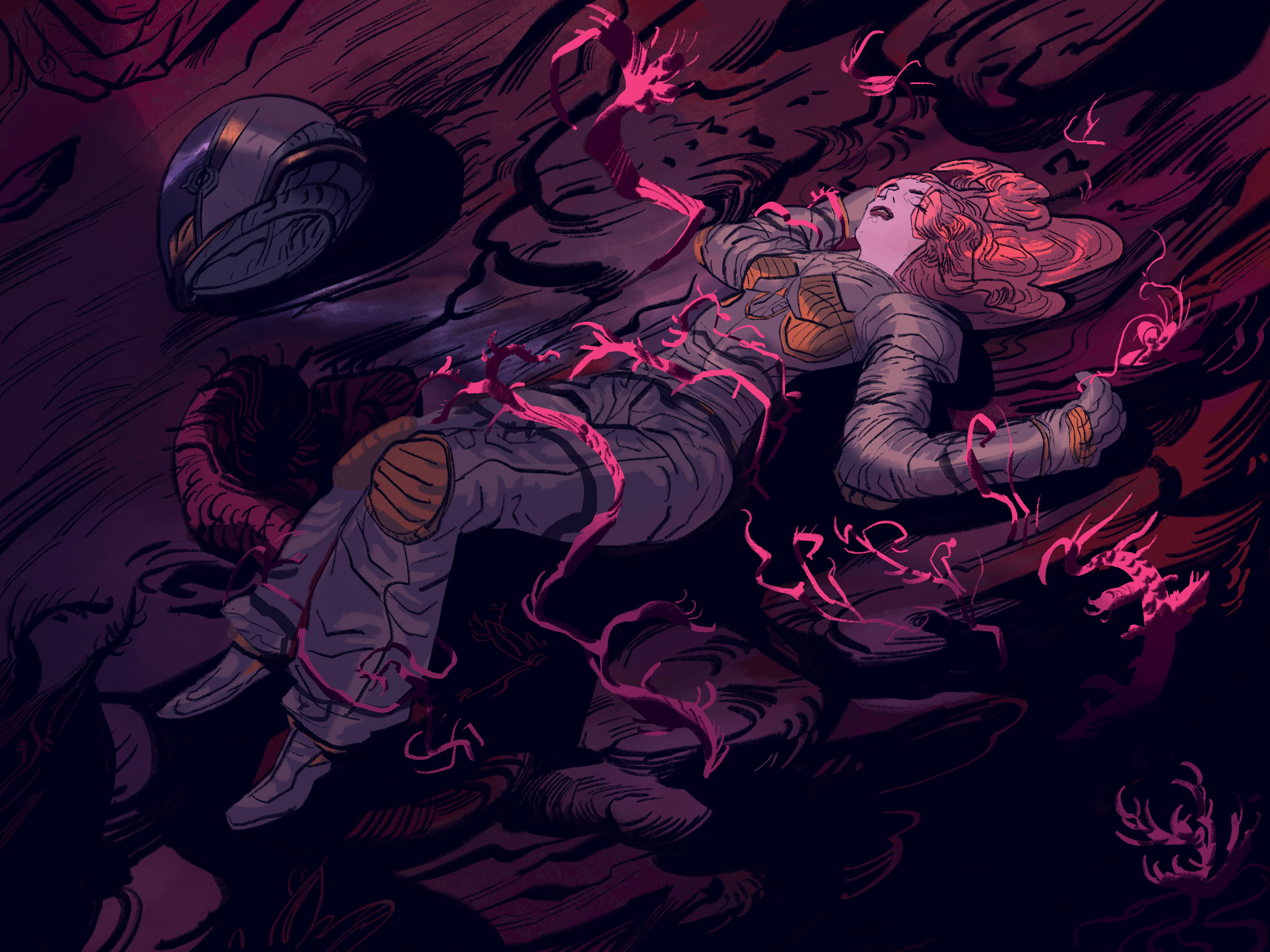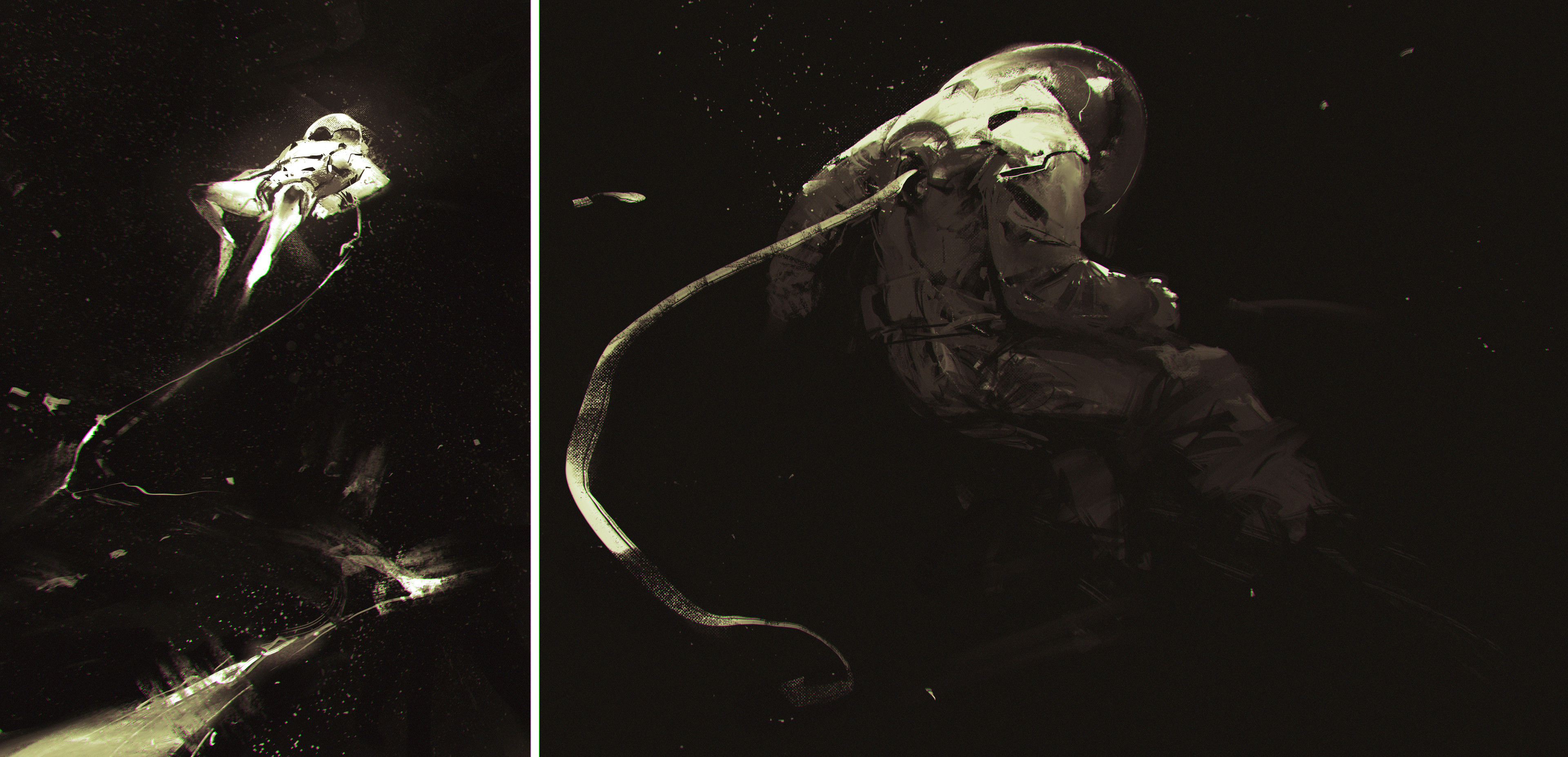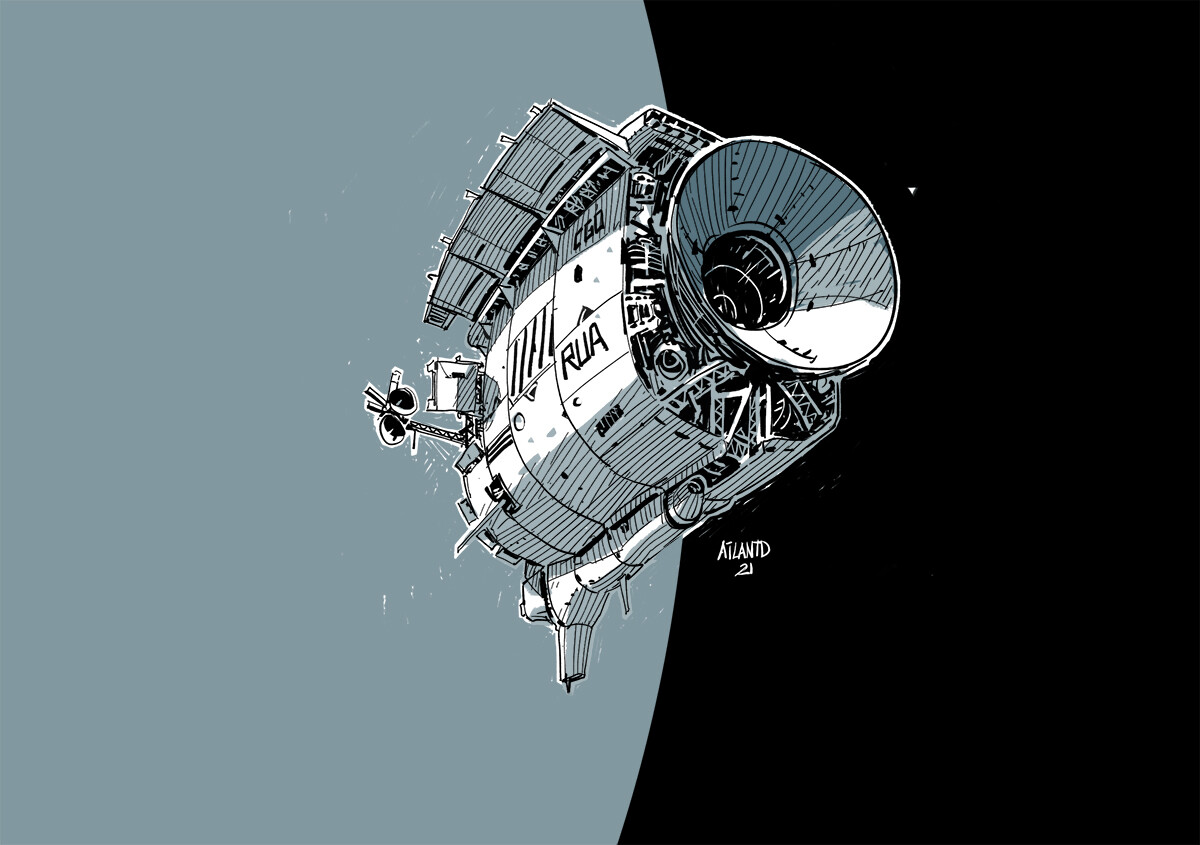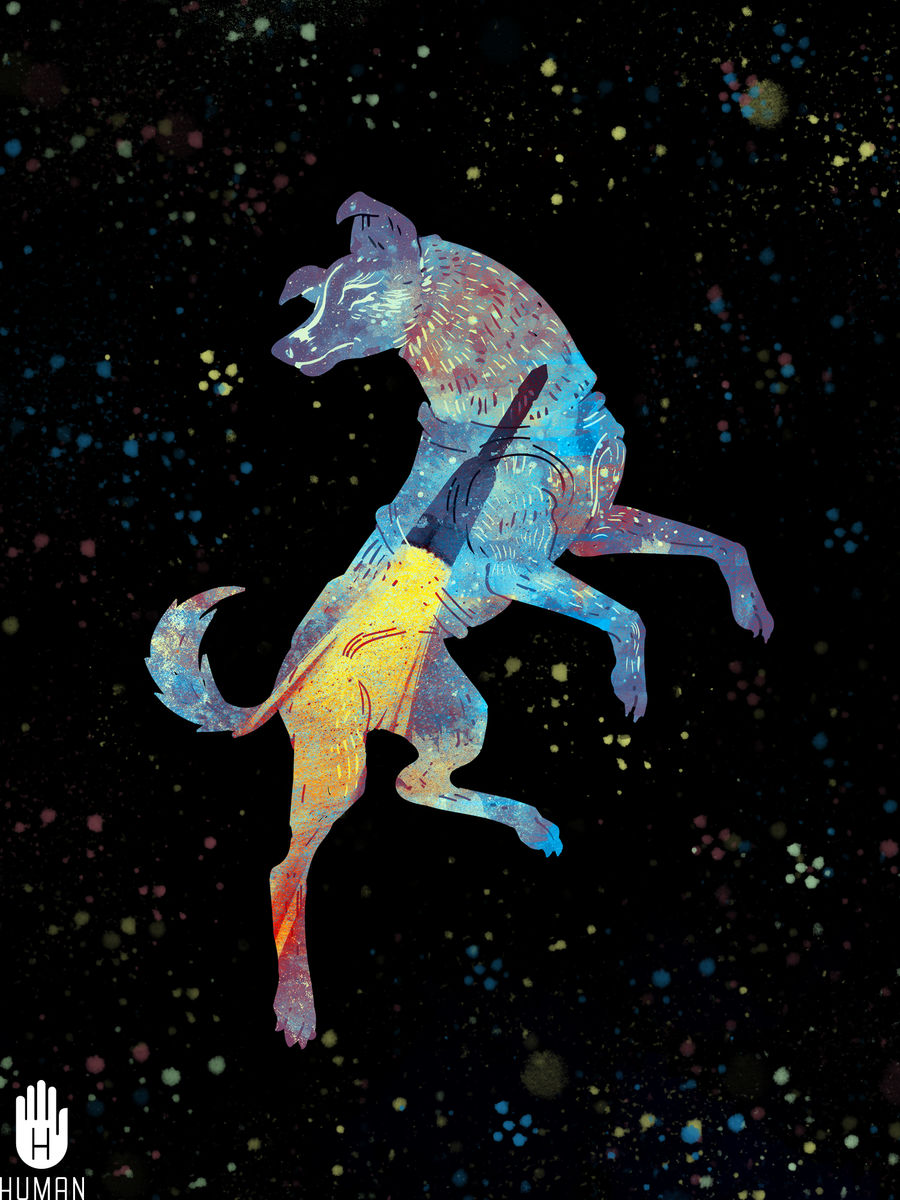A common assumption of Mothership games is that the PCs are bystanders. Whatever horrid shit happens to them, it's not because they specifically sought out trouble; they were just in the wrong place at the wrong time.
Let's change that.
 |
| Andrea De Dominicis |
Taurus-Littrow Interspace Industries
Taurus-Littrow does business in space colonization infrastructure - they build space stations, operate cargo liners, sell quick and easy habitat modules, and produce lunarcrete for large-scale moonbase construction.
Taurus-Littrow: trust, safety, reliability.
This company is most famous for its warranty policy, which is upheld through the Troubleshooter Corps. These are subcontracting spacer crews who are sent to fix Taurus-Littrow equipment sold to third parties. Did you lose contact with your research station? Is the ventilation in your base spreading some sort of strange disease? Have your mining robots disappeared inside a mysterious cave? Don't you worry - if your warranty is yet to expire, we'll send a crew of Troubleshooters to fix it right up!
In other words: the PCs will be visiting places where things have Gone Wrong in Space, on purpose. They're gig economy sci-fi horror adventurers.
 |
| Atomcyber |
The Job Board
The PCs get: a company-owned spaceship, all the tools of their trade, a smarmy corporate liaison officer, and access to the Job Board. This is a corporate intranet site where Troubleshooter crews can volunteer for repair missions posted by third-party clients. Competition for jobs is tight - Taurus-Littrow has a reputation to upkeep.
Each job nets a base payment - enough to cover all the day-to-day functioning of the Troubleshooter crew (food, fuel, spare CO2 scrubbers etc.) between jobs. As long as the crew keeps doing jobs, they won't starve - do not track their total amount of money, only their surplus/debt compared to the baseline. It is not enough to cover medical expenses, spare parts for the ship, new gear, or recreation on shore leave. That's what bonuses are for.
Things you get bonuses for:
- Especially risky jobs.
- Quick and precise work.
- Saving on resources (fuel, spare parts, etc.).
- Completing secondary objectives.
Things you get penalties for:
- Waste.
- Damaging or losing equipment.
- Customer dissatisfaction.
- Nosing where you shouldn't be.
5d10 Jobs
Client
- Independent colonists
- Colonial administration
- Research team
- Marine garrison
- Religious cult
- Tributary corporation
- Space libertarians
- Teamster work detail
- Mercenary company
- Corespace delegation
Location
- Planetside colony
- O'Neill cylinder
- Asteroid base
- Space station (small)
- Space station (fuckhuge)
- Spaceship
- Cloud city
- Underwater base
- Deep space outpost
- Ruin/derelict of any of the above
Primary objective
- Retrieve lost equipment
- Repair malfunctioning equipment
- Replace broken equipment
- Deliver needed resources
- Demolish something that's in the way
- Deactivate malfunctioning equipment
- Quarantine a biological/chemical hazard
- Reestablish contact with outlying equipment
- Evacuate the Client
- Save the job location from total destruction
Secondary objective
- Memory-wipe all androids at the job location
- Secretly retrieve sensitive documents from the Client
- Take samples of the anomaly
- Get the Client to sign a premium colonist contract with Taurus-Littrow
- Sabotage a rival company agent on the job location
- Covertly investigate reports of anti-corporate activity by the Client
- Plant evidence of misuse of equipment for a lawsuit against the Client
- Steal another company's equipment from the job location for reverse-engineering
- Escort a Taurus-Littrow agent to a seemingly unrelated place at the job location. You cannot know why.
- Destroy all evidence of the malfunction having taken place.
What's up with this job?
- The source of the problem is perfectly mundane, but trying to solve it will lead PCs to stumble into to the worst kind of space weirdness.
- Unexpected third party: rogue AI, aliens, rival corporation.
- A space disaster (moonquake, solar flare, magnetic anomaly) caused the problem. The second wave will blow the whole place apart.
- You're being called in to do the job as strikebreakers.
- The job location is at war - civil war, coup, offworld invasion.
- The clients are a front for a group on Taurus-Littrow's blacklist (insurgents, anarchists, planetside subalterns). Helping these people will have consequences.
- Extremely sensitive. PCs accompanied by Taurus-Littrow compliance officer.
- You're being used as a pretext to assassinate the Client. Something will go wrong on purpose while you're working.
- It's fake. The job is staged, as part of a secret evaluation program by Taurus-Littrow. Underachievers will be terminated or placed in lower payment tiers.
- It's fake. The Job Board has been hacked. On the other end is a pirate crew, trying to lure in easy prey.
 |
| Anthony Chong Jones |


















